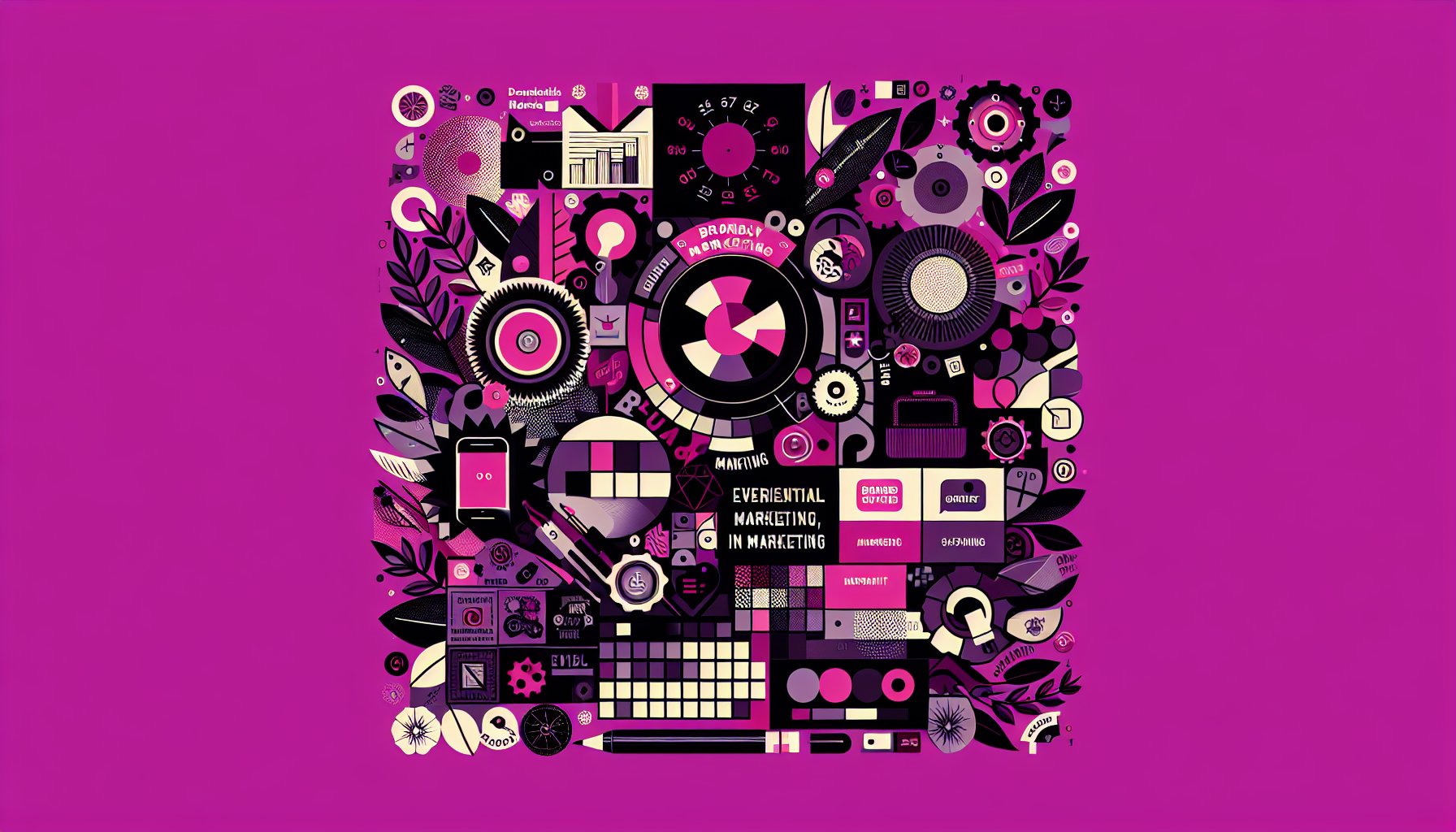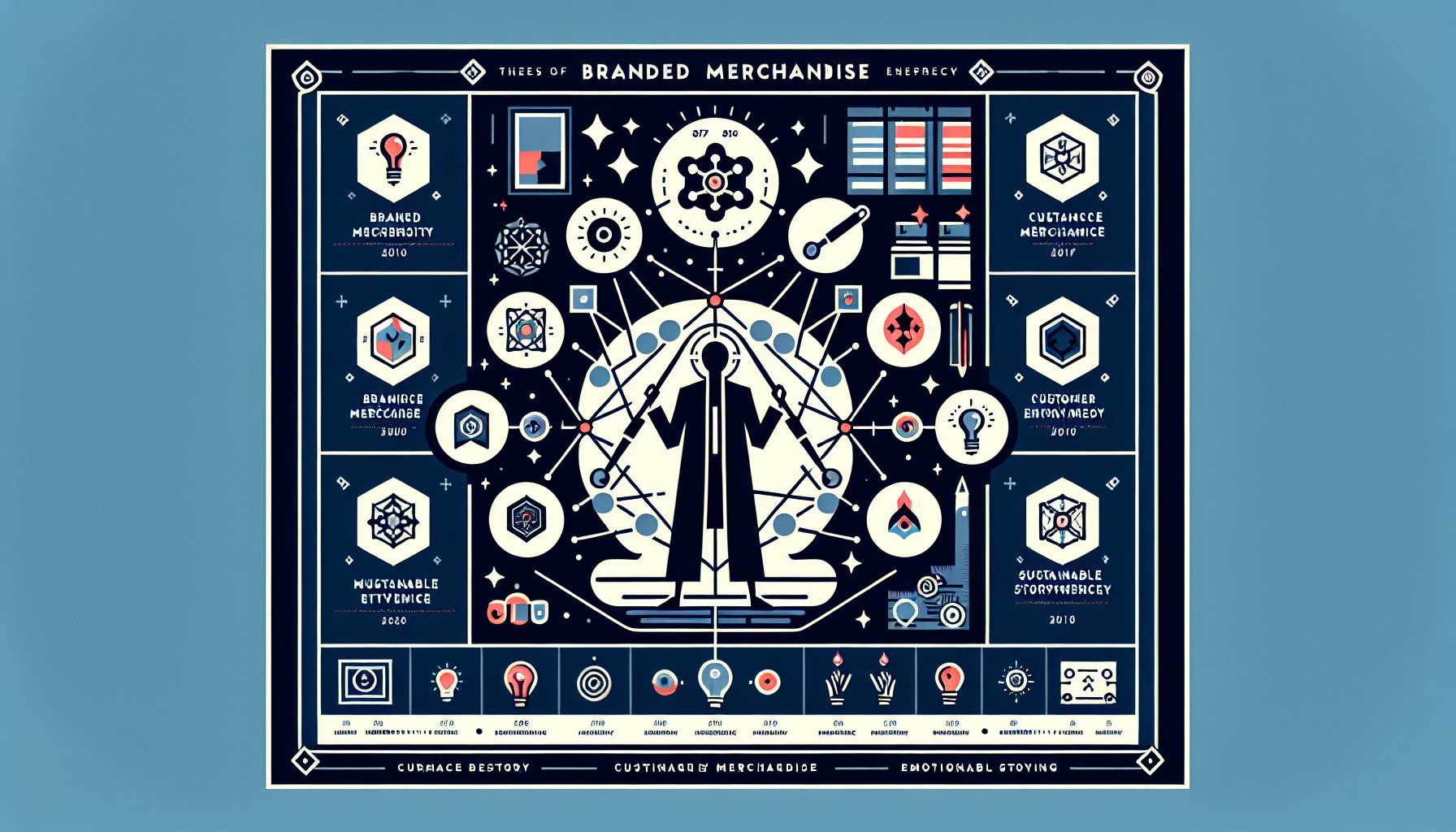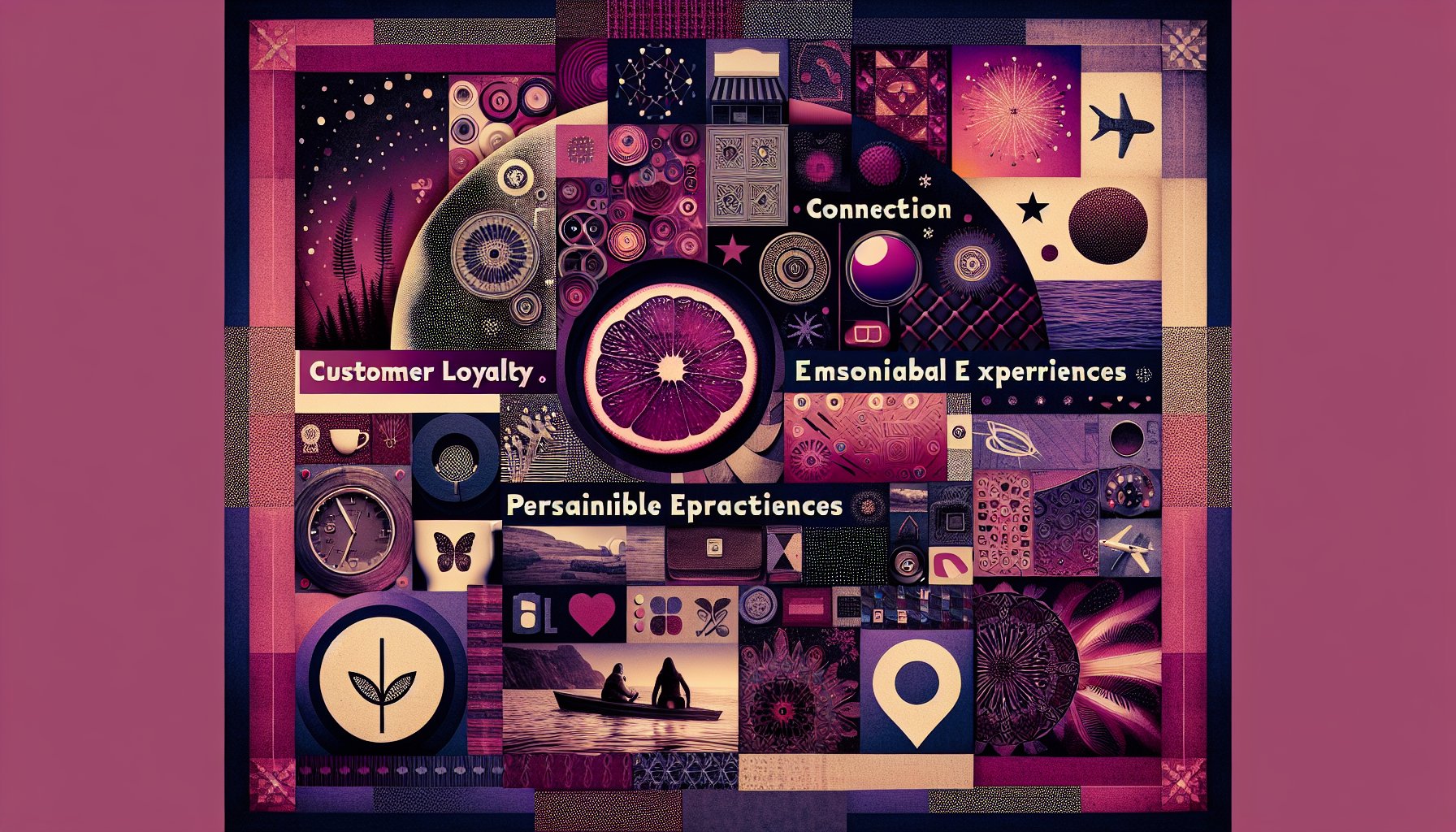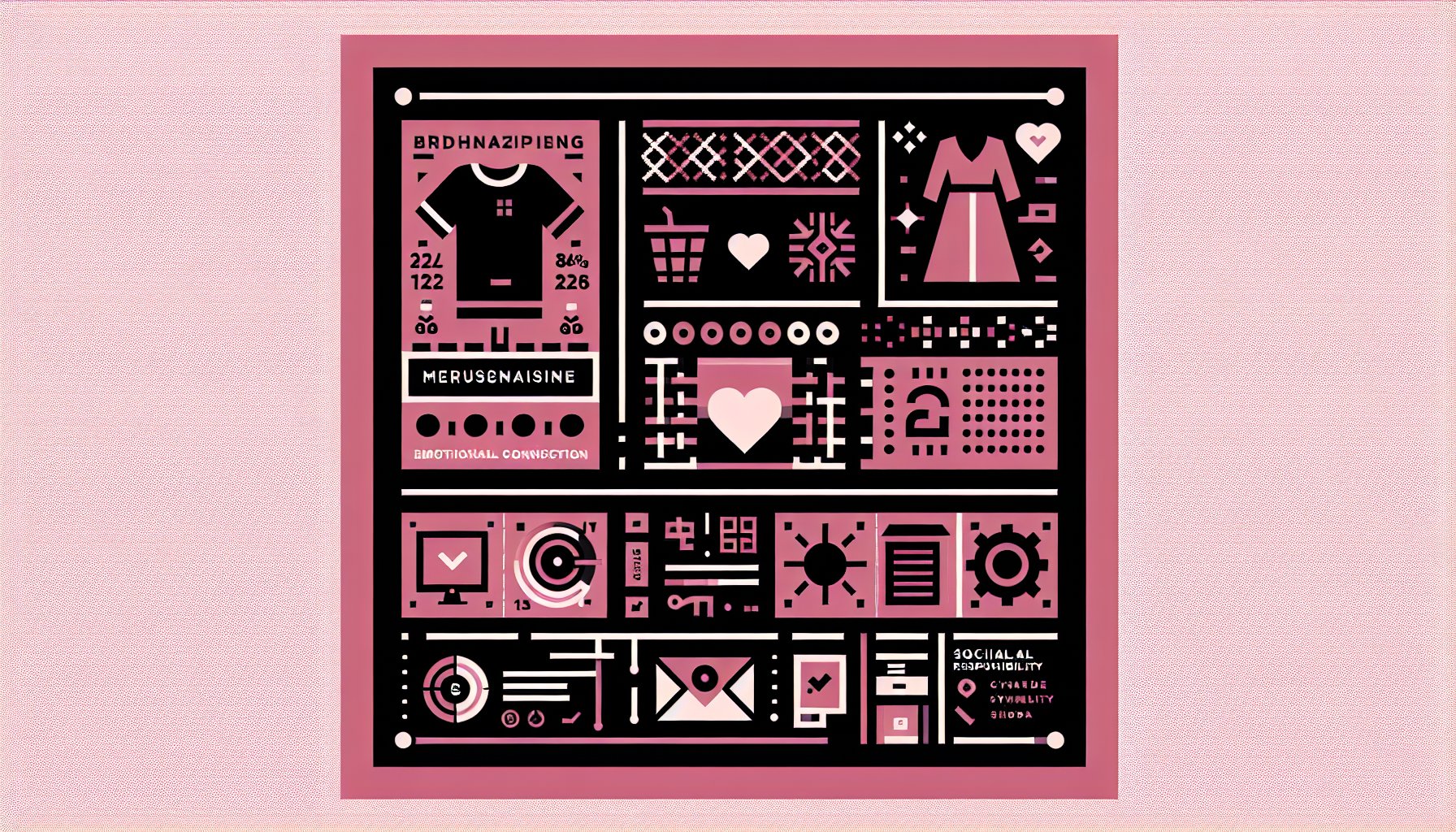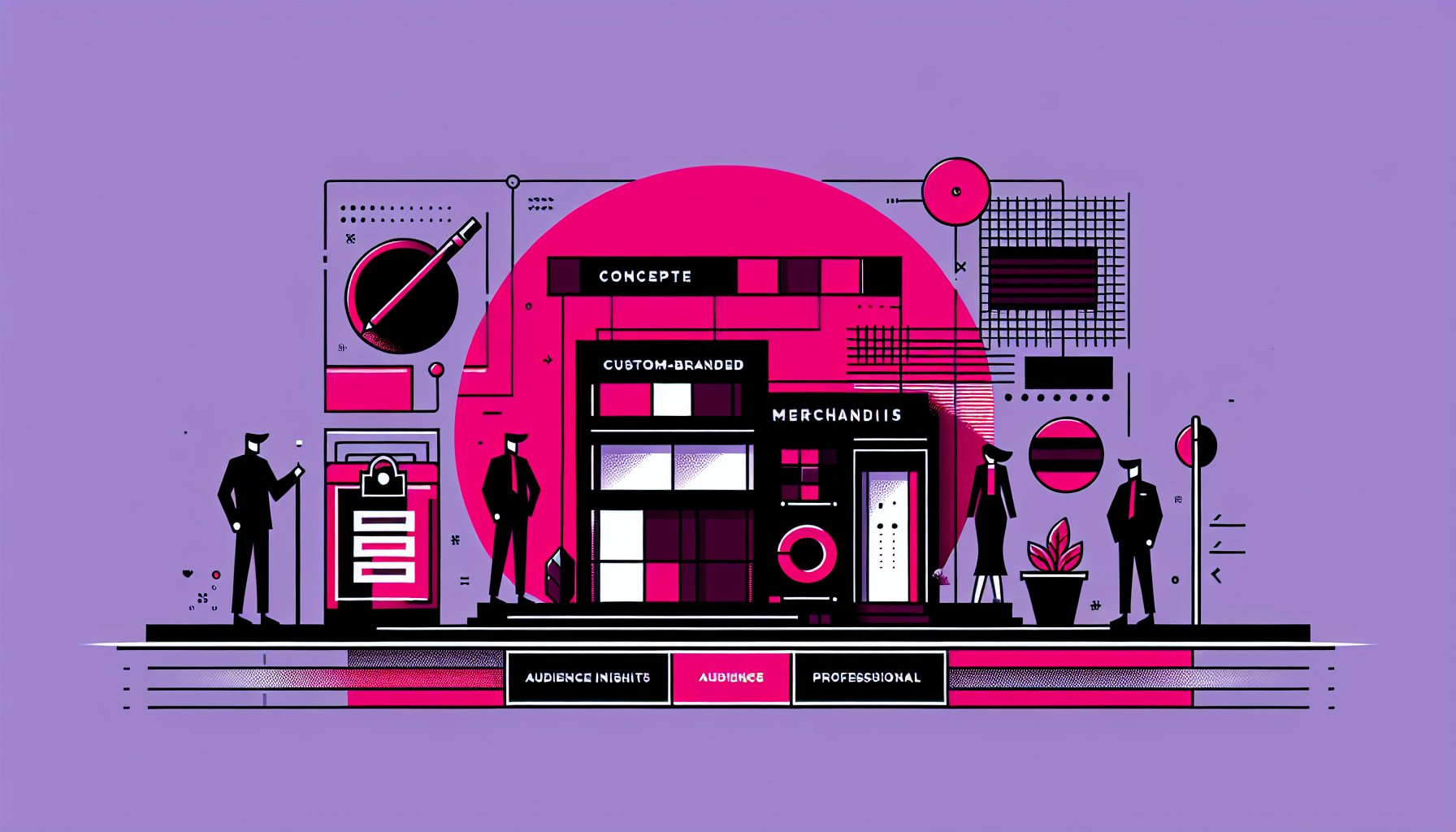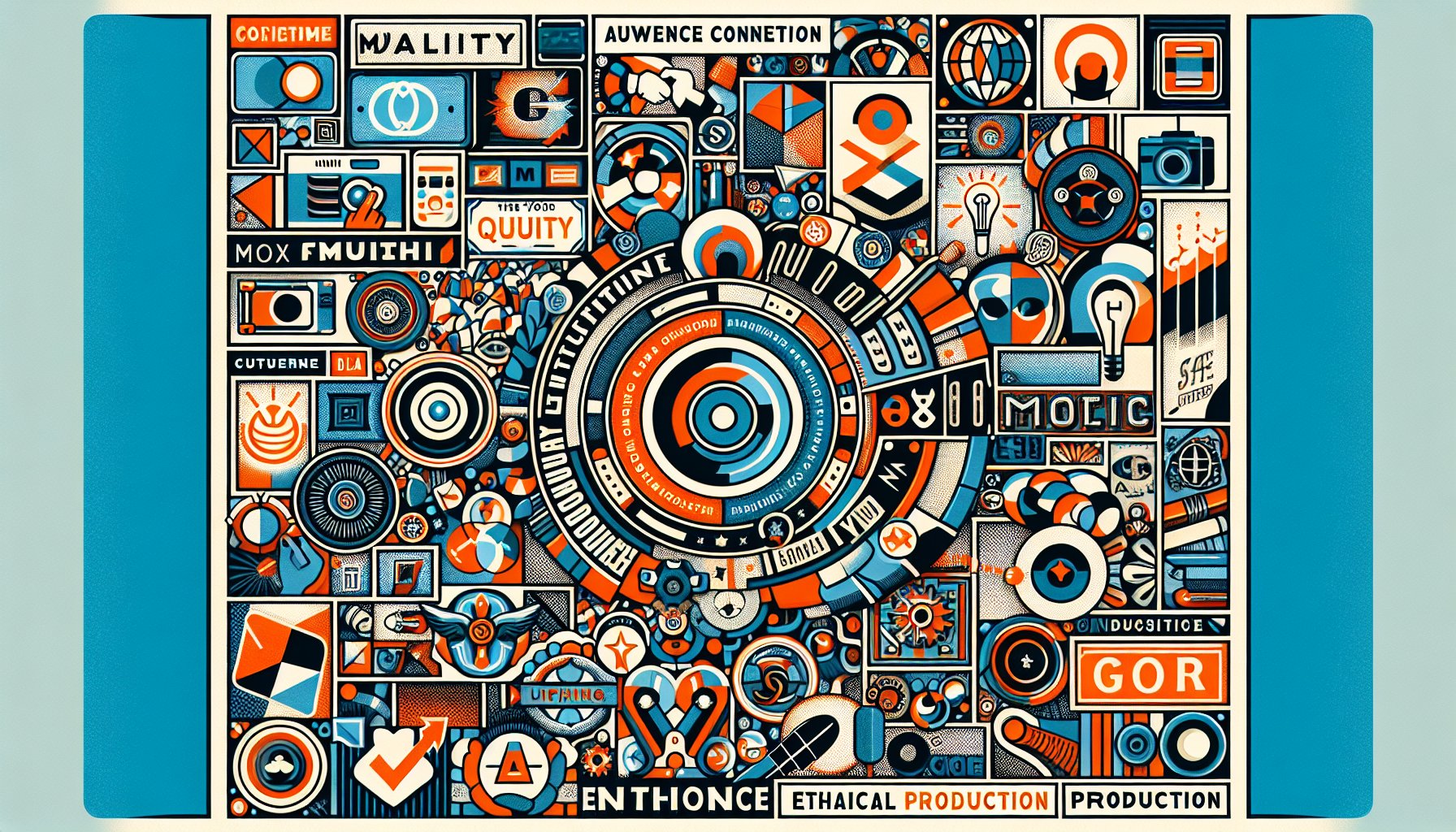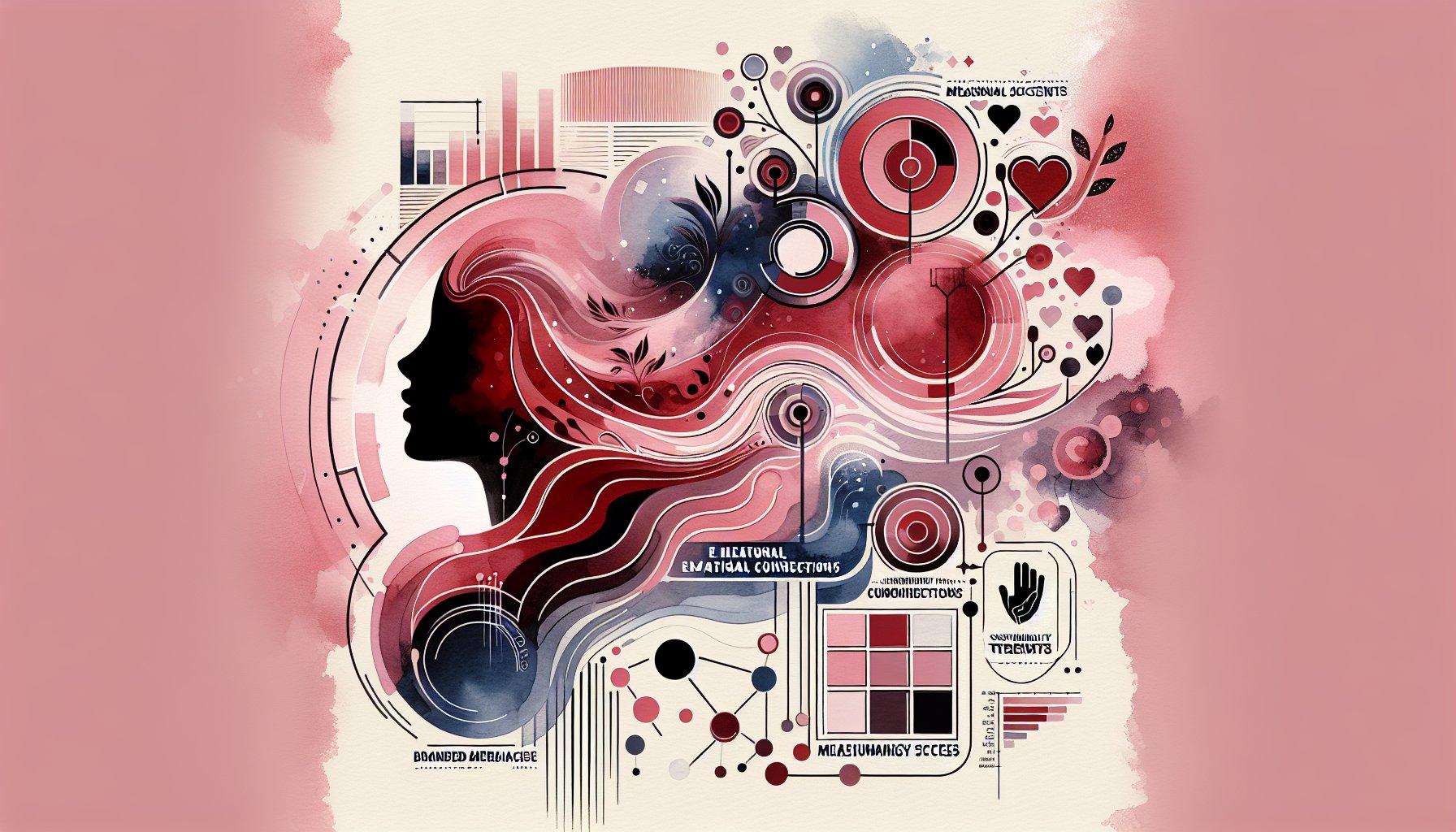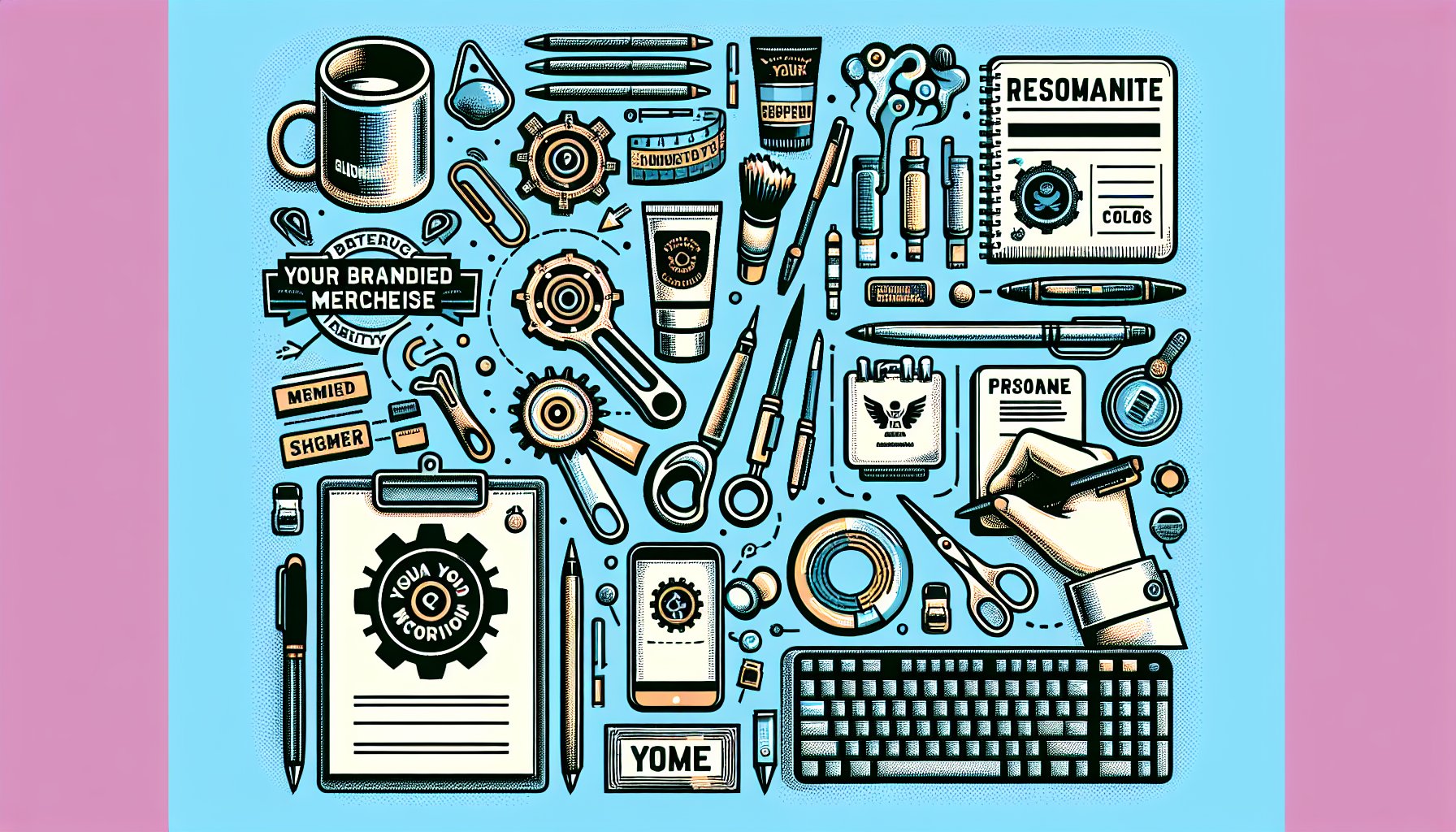Branded Merchandise
Step-by-Step Guide to Designing Custom Branded Merchandise
Unlock the secrets to creating impactful custom branded merchandise with our step-by-step guide. Discover how to engage your audience, choose the right materials, and launch successfully to elevate your brand identity.
Oct 06, 2025
6 min read
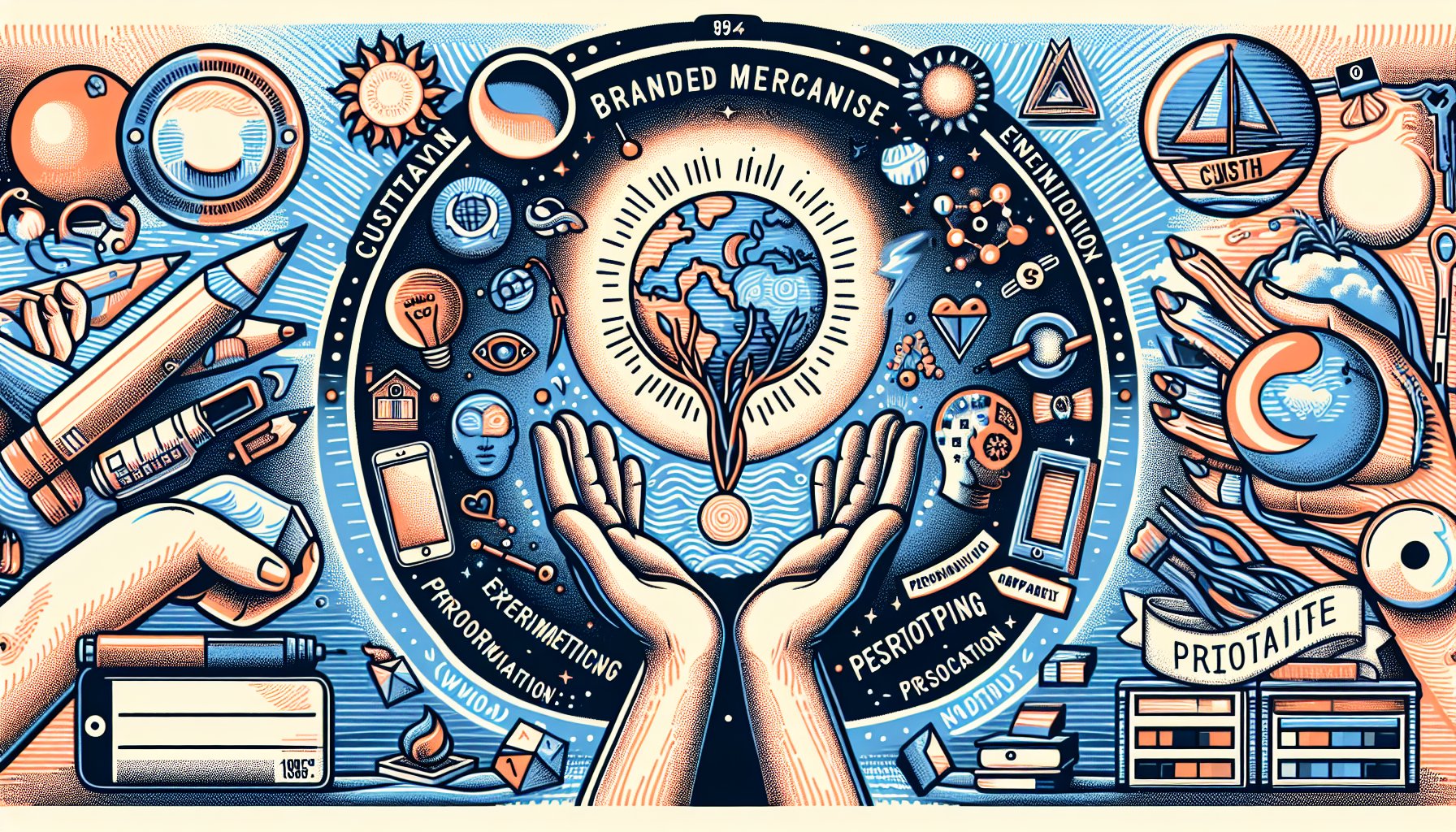
TL;DR
Designing custom branded merchandise is an artful blend of vision, creativity, and strategic thought. Starting with a clear purpose, the process involves understanding your brand's identity, selecting the right materials, and choosing colors that resonate emotionally. Engaging your audience in the design process can foster deeper connections and personalizing merchandise adds value. Prototyping brings your ideas to life, while understanding intellectual property protects them. A strategic launch plan and post-launch reflections are crucial for evaluating success and enhancing future designs. At Proforma Color Press, we're here to guide you through crafting impactful, resonant custom merchandise.
Crafting Your Brand
Welcome to the world of custom branded merchandise, where designing isn't just about sticking a logo onto a T-shirt. It’s an artful fusion of vision and strategy, aimed at creating pieces that resonate with your audience. At Proforma Color Press, we understand that a simple shirt or hat can become a symbol of community and identity. Think of a charity event where participants wear your custom graphic apparel, not only is it a walking advertisement, but it’s also an emblem of unity.
Purpose First: What’s your endgame? Whether promoting a cause, celebrating an event, or fostering team spirit, your mission should steer every design choice, from colors to fonts to imagery. A vibrant fun run tee isn’t the same vibe as formal corporate gear, right?
Material Magic: Choose wisely. Breathable cotton for summer comfort or durable fabric for long-lasting wear? Your printing technique, screen, embroidery, or direct-to-garment, will affect longevity and visual appeal. Remember: screen printing pops but may fade, while embroidery stays classy forever.
Details Matter: Storytelling elevates your merchandise from mundane to memorable. The shape and size of items matter; a snapback calls for a statement patch, while a fitted cap needs a subtler touch.
Consistency is Key: Your design should reflect your brand’s identity, forging emotional connections. Personalized designs, like leather patch hats echoing company logos, can balance professionalism with personal style.
Engage and Create Buzz: Involve your audience in the design. Host a contest for design ideas, fostering pride and ownership. It’s not just a product; it’s a story.
The Canvas of Your Brand: Understanding Your Identity
Your brand’s essence must infuse every design choice. More than just a logo, it embodies values, mission, and personality. Begin like an artist with a blank canvas, and ensure every stroke reflects your vision.
Consider a non-profit focused on environmental awareness. Their identity, community, sustainability, education, should guide apparel choices, from organic fabrics to earth-tone palettes. Messaging, like a powerful slogan, becomes a canvas for their mission.
Your designs should invite exploration. After an event, participants in branded gear serve as walking ambassadors. This continuity transforms simple apparel into powerful statements.
Coloring in the Lines: Choosing Your Palette
Your color palette isn’t just about aesthetics; it conveys emotions and reinforces your brand identity. Each hue tells a story.
Emotional Palette: Blue resonates with trust and professionalism; red ignites passion, perfect for fundraisers. A health-focused event might opt for greens and oranges, reflecting energy and vitality.
Align with Values: Eco-focused? Earth tones emphasize sustainability. Ensure harmony with your logo for a cohesive look.
Trendy Yet Timeless: While staying authentic, pay attention to trends, muted pastels are having a moment. But don’t let fads dictate; test palettes with mock-ups for enduring resonance.
From Concept to Creation: Ideation Techniques for Unique Designs
Moving from concept to creation? It’s where magic happens. Ideation isn't just sketching; it’s crafting a vision that resonates.
Brainstorm Creatively: Gather the team with markers and paper, or dive into digital tools. Personal connections, like family traditions in reunion designs, make apparel visually appealing and personal.
Seek Inspiration: Look beyond immediate circles, fashion, art, social media. Each design should tell a story.
Leverage Mood Boards: Visualizing elements helps crystallize ideas. For leather patch hats, juxtapose rugged textures with modern styles for cohesive branding.
Keep it Simple: Refine ideas with your brand’s essence in mind. Prototypes help visualize how designs translate to apparel.
Target Audience
Understanding your target audience is crucial. Every design decision should resonate with them.
Demographics and Preferences: Youthful crowds love trendy graphics and bold colors; refined audiences prefer subtlety.
Emotional Connections: For family reunions, evoke nostalgia with familiar elements. Emotional engagement turns apparel into cherished memories.
Functionality and Lifestyle: Practicality matters, opt for breathable materials for active events. Feedback from potential customers refines designs to meet actual desires.
Material Matters: Selecting the Right Fabrics and Finishes
Choosing the right material makes all the difference. Your selections affect aesthetics, comfort, and durability.
Material Qualities: Cotton’s breathability is a favorite, but blends offer durability. Performance wear for active lifestyles keeps your brand associated with a positive experience.
Finish Enhancements: Garment dyeing or enzyme washing elevates fabrics. Choose printing techniques that complement the material for vibrant designs.
The Power of Personalization: Adding Unique Touches
Personalization makes merchandise memorable. It turns standard items into meaningful keepsakes.
Unique Methodologies: Opt for luxury fabrics for comfort. Custom graphics and heartfelt messages deepen emotional connections.
Storytelling Capabilities: Personalized pieces, like family reunion shirts with significant dates, celebrate identity and recognition.
Prototyping: Bridging Ideas and Reality
Prototyping transforms concepts into reality. It refines designs and enhances functionality.
Gathering Insights: Initial samples provide valuable feedback for refinements. Experiment with materials for cohesive visions.
The Sound of Silence: Navigating Intellectual Property
Understanding IP is crucial in custom design. It protects creativity and avoids legal disputes.
Research and Protection: Conduct thorough checks and consult experts to avoid infringement. Copyrights protect original designs, while trademarks establish brand identity.
Launch Day: Strategies for a Successful Merchandise Rollout
Rolling out merchandise requires strategy and strategic timing.
Marketing Momentum: Utilize all channels and collaborate with influencers. Timing aligned with events or holidays enhances visibility.
Immersive Experiences: Host events to showcase merchandise in action. Limited editions and exclusivity drive sales and create belonging.
Post-Launch Reflections: Analyzing Success and Gathering Feedback
Reflective analysis of your launch is vital. It goes beyond sales figures to emotional connections.
Metrics and Insights: Analyze sales data and social media engagement. Direct feedback from surveys offers nuanced insights.
Storytelling and Evolution: Share customer stories and iterate designs based on feedback. This reflects a brand that values its community.
Need Help?
Check out these related products that can help:

